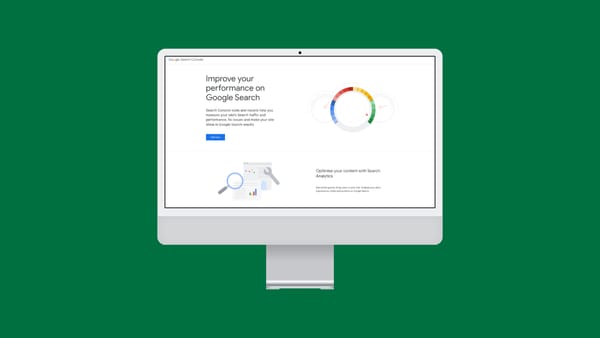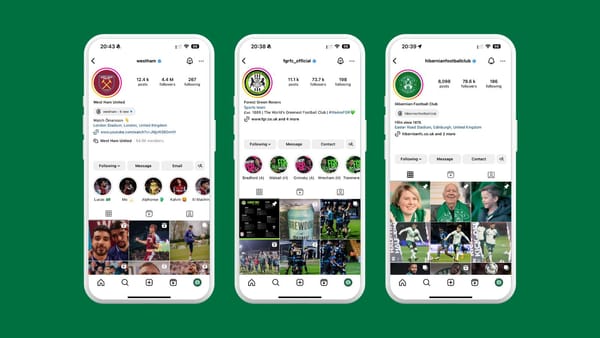The social media Premier League table
Last week I wrote a very short post about whether it mattered if Premier League football clubs were any good at using Twitter and I decided that it doesn’t. The basis for this conclusion was that the loyalty of your average football supporter trumps the need for new and interesting content. Hardly a ground breaking conclusion, however this realisation also made me think about how we could better discover who’s top of the social media league table.
Taking inspiration from Richard Bailey’s #socialstudent experiment I’ve used two analytical tools to study the social media footprint of the members of the English Premier League, adding the scores from both together and then halving that number to come up with the total. See where your club places below:
| Team | Followers | Klout | Peer Index | TOTAL | |
| 1 | Chelsea | 672,155 | 77 | 64 | 70.5 |
| 2 | Manchester City | 245,280 | 76 | 58 | 67 |
| 3 | Liverpool | 763,632 | 78 | 50 | 64 |
| 4 | Arsenal | 1,278,585 | 80 | 47 | 63.5 |
| 5 | Tottenham Hotspur | 147,264 | 69 | 58 | 63.5 |
| 6 | Bolton Wanderers | 17,096 | 59 | 62 | 60.5 |
| 7 | Norwich City | 28,722 | 66 | 53 | 59.5 |
| 8 | Aston Villa | 41,389 | 63 | 51 | 57 |
| 9 | Fulham | 35,203 | 64 | 48 | 56 |
| 10 | Sunderland | 37,246 | 66 | 46 | 56 |
| 11 | Wolverhampton Wanderers | 27,740 | 64 | 45 | 54.5 |
| 12 | West Bromwich Albion | 10,922 | 58 | 50 | 54 |
| 13 | Everton | 41,993 | 66 | 40 | 53 |
| 14 | Newcastle United | 50,158 | 61 | 43 | 52 |
| 15 | Queens Park Rangers | 23,887 | 60 | 40 | 50 |
| 16 | Stoke City | 21,738 | 55 | 33 | 44 |
| 17 | Wigan Athletic | 10,173 | 56 | 32 | 44 |
| 18 | Blackburn Rovers | 13,691 | 49 | 32 | 40.5 |
(N.B. You may have noticed that Manchester United and Swansea City don’t feature. There’s a good reason for this, mainly the lack of a Twitter account for the former and an incomplete set of metric data for the latter. Don’t worry though, should either situation change I’ll post an updated list as soon as possible!)
There are a couple of interesting points to come out of this exercise, the main one being that while followers are important they are not the be all and end all. Despite a gulf of over one million followers the combined Klout and PeerIndex scores of North London rivals Arsenal and Spurs are exactly the same. Further down the list there are examples of clubs with a smaller number of followers sneaking ahead of the more recognised names.
Unfortunately I don’t expect to see Chelsea fans dancing in the streets of south west London tonight on the back of this post, after all the reliability of metric data is still up for some debate. That said I still think there’s enough here to give those of us who use social media professionally some food for thought. It’s becoming apparent that there’s more to life than just followers.





